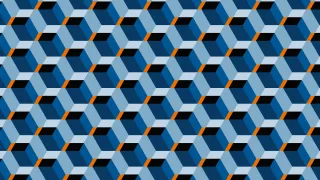Close your eyes and form a picture of a radar in your mind. What did you see? I bet you thought of a slowly spinning large device on top of a ship or an air traffic control tower. If you enjoy sailing, chances are that your mind drifted off to a summery regatta and a cylinder-shaped item attached to the mast of your boat. Or maybe you remembered an action movie and a black screen where the enemy depicted by a green dot slowly but steadily approaches its target.
All these images are true and valid. At yet, they capture only a small portion of what radars are today.
The emergence of different types of radars dates back to the 1990s when the automotive industry started to integrate them into vehicles. These days nearly all modern cars have radars in them. Car radars differ from the traditional ones described above in some respects. First of all, they are significantly smaller in size. Car companies have managed to implement a lot of radar technology on a 5x5mm integrated circuit. Another distinctive feature is that the car radar was designed for one purpose: to avoid collisions.
Compact radars invented by the auto industry are naturally interesting also to the research world. By virtue of their small size, they can be embedded in all kinds of devices and systems. At the same time, the limitation of concentrating only on avoiding crashes puts limits on the application areas. That is why VTT has decided to develop a small, multipurpose radar. The device is not yet commercially finalized but it can already be tested and piloted in various application areas.
The first application built on top of VTT’s own radar technology was an assistive device for the visually impaired and another one was a collision prevention system for drones. A different example is LullaMe baby crib, which rocks the baby to sleep. The crib’s radar monitors the child’s breathing and aims to predict falling asleep and waking up. At the moment, LullaMe is in the research and development stage.
All the above-mentioned application areas benefit from machine learning and artificial intelligence. This is at the heart of VTT’s radar research. We aim to do to radar signal what has already been done to speech recognition and visual patter recognition.
Next we proceed to collaborate and co-create for new ideas. We’ll bring our radar technology and some data sets to the next Junction Hackathon. Together with the intelligent lighting solution provider Helvar we will take part in the Hack the Future event. Our aim is to identify innovations particularly in the following application domains:
- Identifying and predicting activities in a meeting room
- Guiding vehicles in a parking garage
- Measuring and identifying activities at a workstation
See you at the hackathon!



